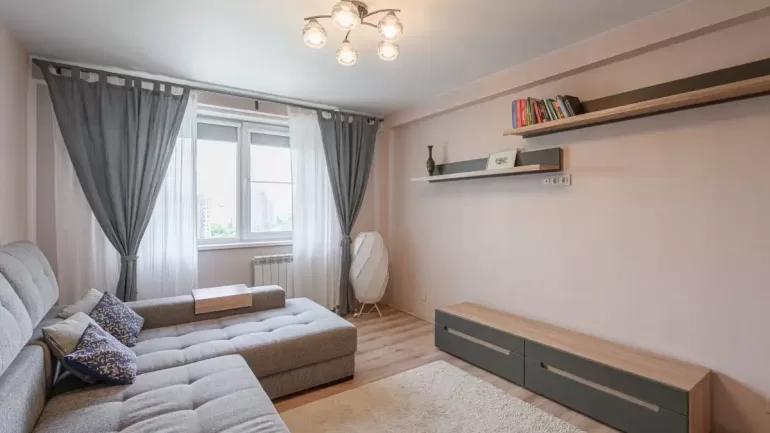LIFESTYLE
From kitchens to bedrooms, discover the best places for floating shelves that enhance every space.
BY EMMA RADEBAUGH, ARTCENTRON
Discover the Best Places for Floating Shelves in Your Home
Floating shelves offer clean lines and practical storage without eating up floor space. For creative professionals and design enthusiasts, they’re a chance to showcase work, organize materials, and add visual interest to any room.
But where should you actually install them? The answer depends on how you use your space and what you want to display. Here are the best places for a floating shelf in a home.
Living Room: Display Art and Collections
Your living room provides prime real estate for floating shelves. Mount them above a sofa to create a gallery wall effect, or flank your television with symmetrical shelves to balance the room’s focal point.
Floating shelves work particularly well for items such as:
- Small sculptures and art pieces
- Photography books and portfolios
- Vintage cameras or musical instruments
- Awards and exhibition catalogs
Keep heavier items toward the wall side. Cantilevers are incorporated into floating shelf design to distribute weight, but smart placement still matters for safety and aesthetics.
Home Office: Organize Your Creative Tools
A home office or studio needs accessible storage that doesn’t clutter your workspace. Install floating shelves at eye level near your desk to keep frequently used supplies within arm’s reach.
Consider placing shelves above your computer monitor for reference books or along a blank wall to store art supplies, vinyl records, or equipment. This approach keeps your desk clear while maintaining an organized, professional atmosphere.
Bedroom: Create a Personal Gallery
Bedrooms benefit from floating shelves positioned above the headboard or along an accent wall. This spot works perfectly for displaying framed prints, mood boards, or personal collections that inspire your creative work.
Mount shelves at varying heights to create a visual rhythm. Stagger three or four shelves in an asymmetrical pattern, then rotate the items you display to keep the space feeling fresh.
Kitchen: Combine Function With Style
Kitchens aren’t just for cooking. Install floating shelves near your dining area to display ceramics, glassware, or small plants. The open design keeps sightlines clear, which helps smaller kitchens feel more spacious.
Choose shelves that complement your cabinetry, whether that means matching wood tones or creating contrast with metal brackets. Just avoid placing them directly above heat sources, which can warp materials over time.
Bathroom: Maximize Limited Space
Bathrooms typically lack storage, making floating shelves a practical solution. Mount them above the toilet, beside the mirror, or in a shower niche to hold towels, toiletries, and decorative objects.
In guest bathrooms, use shelves to display small artworks or vintage finds. This transforms a purely functional space into something more considered and welcoming.
Hallways and Entryways: Make First Impressions Count
Hallways often go underused, but they’re ideal for floating shelves. A narrow shelf near your entrance provides a landing spot for keys and mail, while higher shelves can showcase artwork without obstructing foot traffic.
Long hallways benefit from a series of shelves installed at consistent intervals. Use them to create a rotating exhibition space for your own work or pieces from your collection.
The best places in a home for floating shelves depend on your space, your collections, and how you live. Start with one or two shelves in high-impact areas, then expand as you discover what works. Done right, floating shelves become part of your room’s architecture rather than an afterthought.
